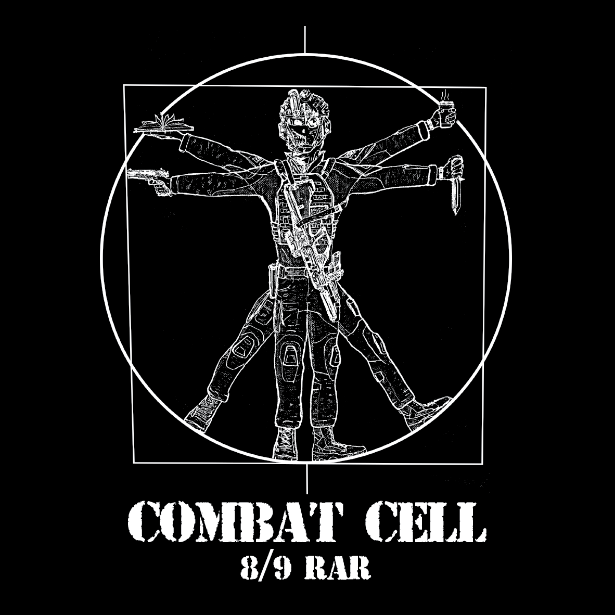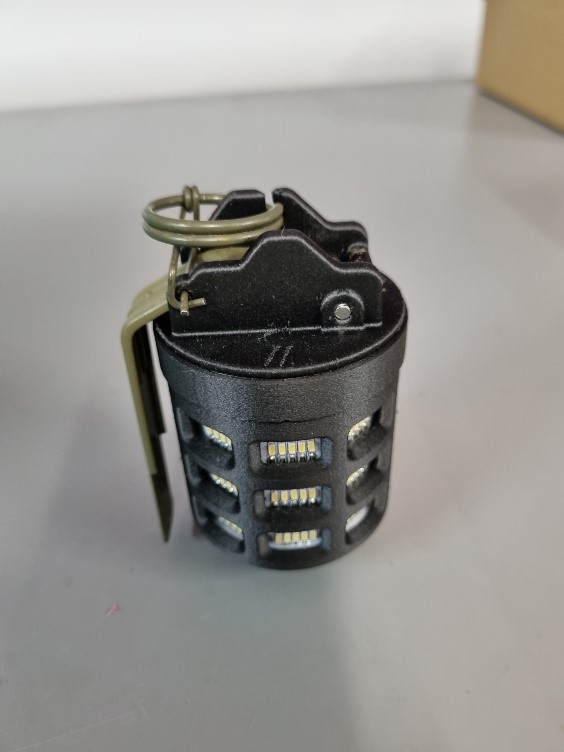How does a slow-moving organisation keep up in a world that is non-stop and rapidly getting ahead of us?
The answer is innovation. However, not just ‘lip service’ but true, disruptive, innovative change.
“Learning and innovation go hand in hand”, so how can we evolve and adapt to the ever-changing world while remaining risk aware as an organisation or as individuals. The answer is, we can’t. We must take greater calculated risk and move at a faster pace to compete with our regional threats. We must accelerate and be willing to fail repeatedly along the way.
So, how are we at the 8/9th Battalion, Royal Australian Regiment (RAR), trying to achieve this? One of the ways is through the efforts of a small team of highly motivated soldiers with a keen interest in seeing disruptive change for the betterment of our Army, and in turn, contributing to Australia’s prosperity.
A number of RAR battalions have small teams whom help enable training and development and they are generally grouped in what is called a 'Combat Cell'.
8/9 RAR Combat Cell is tasked as the capability development, modernisation, and training optimisation element of the Delta Company ‘future ready’ sub-unit within the Battalion.
Combat Cell focuses on training the ‘ready now’ force element within the Battalion in identified areas directed by Forces Command, known throughout Army as the ‘six combat behaviours’:
- EDM – Ethical Decision Making,
- CS – Combat Shooting,
- ACP – Army Combatives Program,
- CC – Combat Communications,
- TCCC – Tactical Care of the Combat Casualty, and
- CPC – Combat Physical Conditioning.
These six behaviours can be connected to tangible training outcomes and results-based reporting. However, an area that is often harder to attribute success and immediate growth to is innovation.
Yes, the buzzword of 2022.
What is innovation? Is it modernisation of forces, weaponry, and technology? Is it new ways of doing business, both in barracks and on operations? Is it taking risk in adjusting our existing systems and processes?
Well, yes, it is all these things, plus so much more. It’s challenging the status quo and pushing the envelope by sticking your neck out and taking chances. This is why true innovation is hard to come by and why it is often met with such resistance across all services, corps, units, and ranks.
True innovation is putting yourself out there and not sitting on the fence, or refusing to make those paradigm-shifting decisions out of fear of being ostracised or alienated.
Innovation is spoken of as an important aspect of a future ready force; however, it is rarely put into practice or used as anything other than a synonym for a new idea.
If we as an army and as a truly Joint force want to catch up to our competitors and have a shot at winning the next war, we will have to stop just talking about innovation and instead recognise our biases and current assumptions in order to stop stifling progress.
We have to do it now. Today.

Combat Cell & Innovation
Within our small team, below are just some examples of how we help drive innovation across 8/9 RAR.
- Through ownership and custodianship of organic training facilities designed in the Battalion, for the Battalion, from the ground up. This includes the Small Team Training Facility: a bespoke urban training facility that provides an immersive, fully recorded capability – which enables up to platoon size urban non-lethal training utilising FX Gunlock and Airsoft, with additional systems such as fog machines, speakers and flashing lights to enhance simulation of realistic and stress-inducing environments.
- Through partnerships with Defence industry and Academia; and conducting and participating in multiple cross-training activities with various external units and organisations that are not traditionally conventional, which as a result, broadens and enhances our training outcomes.
- Through representation at and contribution to various other innovation initiatives across Defence, including Army MakerSpace, RAAF Jericho Disruptive Innovation and Innovation Experimentation Group.
- By pursuing Army’s recruitment and retention initiatives through the recruitment and retention of qualified, capable, and experienced full time and part time non-commissioned officers and high performing junior soldiers.
- Through promoting a culture that encourages junior soldiers to challenge the status quo. This has led to the development of the ‘Electronic Grenade Simulator’, which is a project currently being developed to safely enhance training as well as improve a soldier’s competence and confidence in the employment of the in-service fragmentation grenade.

Electronic Grenade Simulator – EGS
Conclusion
“Potential exists in every corner of our army. Our job is to use this potential and foster a culture where learning, experimentation, innovation and adaptation is the norm. We ‘think big, start small and move quickly’. When we fail, we learn quickly and have a positive attitude to improve.”
– Lieutenant General Rick Burr, AO, DSC, MVO
So make that cold call, send that email or invitation, approach that person and push through the perceived awkwardness and fight the internal hesitation.
Make those micro changes around you and we will all be better off for it.
Remain in the fight.










The development of the EGS is tracking along really well and wins are being made daily in regards to getting them into the hands of warfighters.
100%, innovation at the grassroots level is essential to get the right capability into the right hands at the right time; and end user input from a diverse group does wonders for ensuring that the best possible solution is acquired, procured or developed.
Cheers mate, take care.
I have a patented innovation for a drone that could have military uses according to an avionics expert in the UK. Is there anybody in our Armed Forces I could be talking to concerning development?
Cheers,
Rafael
Sorry, mate, I just sent you a comment but I’m not sure it went, as it disappeared from the screen without acknowledgment that it had been submitted.
Could you tell me if you received it?
Cheers,
Rafael